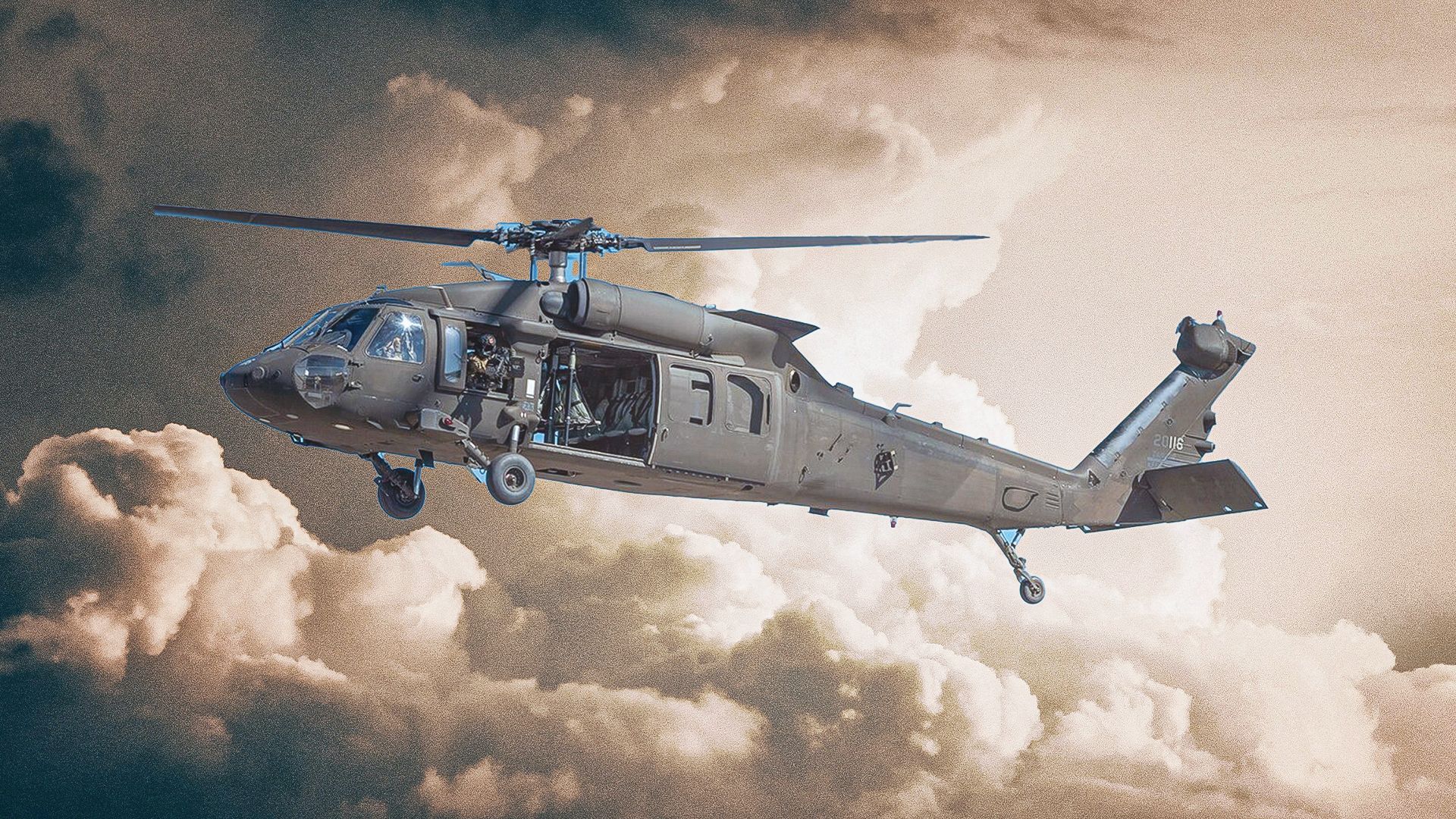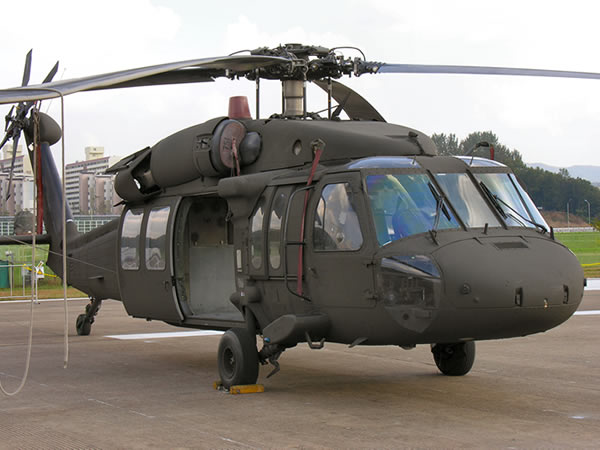How the UH 60 Revolutionized Helicopter Design for Military and Civilian Uses
How the UH 60 Revolutionized Helicopter Design for Military and Civilian Uses
Blog Article
Everything You Need to Learn About the UH 60 Helicopter
The UH-60 helicopter, a foundation of U.S. Army aviation considering that its debut in 1979, represents an amazing blend of design and operational flexibility. As military needs advance, so as well does the helicopter, with ongoing advancements aimed at enhancing its capabilities and incorporating modern-day technologies.
History of the UH-60
Created in the late 1970s, the UH-60 Black Hawk helicopter became a response to the U.S. Military's demand for a flexible energy helicopter that might perform a selection of missions under challenging conditions. The inspiration for its design was the shortcomings recognized in the earlier helicopters used throughout the Vietnam War, particularly in regards to rate, survivability, and ability to move.
The Black Hawk was made by Sikorsky Aircraft, incorporating advanced technologies and products to enhance its performance and sturdiness. It was formally presented into solution in 1979, rapidly becoming a crucial asset for armed forces procedures - uh 60. Its capacity to transport soldiers, clinical emptying, and logistical assistance in both combat and humanitarian missions made the Black Hawk an invaluable component of the U.S. Army's air travel fleet
Throughout the decades, the UH-60 has been continuously upgraded, adjusting to the transforming nature of war and the developing demands of modern armed forces operations. Its functional background consists of involvement in major conflicts, peacekeeping missions, and disaster relief initiatives, strengthening its online reputation as a reliable and reputable helicopter in numerous environments worldwide.

Design and Specs
The design of the UH-60 Black Hawk helicopter regularly shows a dedication to functional efficiency and convenience. Established by Sikorsky Aircraft, this medium-lift energy helicopter features a streamlined, aerodynamic fuselage that boosts rate and ability to move. Its tandem rotor system, characterized by 2 counter-rotating blades, lessens vibration and raises lift ability, permitting safer procedures in diverse environments.
The UH-60 is powered by 2 T700-GE-701C turboshaft engines, offering a maximum speed of around 180 knots and a series of around 400 nautical miles. Its durable airframe is constructed from advanced composite products, ensuring resilience while preserving a fairly low weight. The helicopter has a maximum gross weight of concerning 22,000 pounds, sustaining a functional haul configuration.

Roles and Objectives
A functional system, the UH-60 Black Hawk helicopter offers a wide range of duties and goals within army procedures. Designed mostly for troop transport, it is capable of lugging up to 11 soldiers, making it a crucial property for quick release and logistical support.
In enhancement to troop transportation, the UH-60 masters clinical emptying (MEDEVAC) goals, geared up with innovative clinical tools to click to read supply critical care during transit. Its capacity to operate in diverse environments boosts its effectiveness in battle search and rescue (CSAR) operations, where speedy removal of employees is essential.
The helicopter also plays a considerable duty in reconnaissance and surveillance goals, utilizing onboard sensing units and tools to debrief. Additionally, its flexibility reaches logistical assistance, with the ability of moving supplies and tools to forward running bases - uh 60.
In fight operations, the UH-60 can be outfitted with various weapon systems, enabling it to offer close air support. Its multi-role capacity makes the Black Hawk an essential tool for contemporary army forces, adjusting seamlessly to the evolving needs of battlefield scenarios and making sure objective success throughout a variety of operational contexts.
Efficiency and Capacities
Understood for its robust efficiency, the UH-60 Black Hawk helicopter boasts impressive capacities that enhance its operational performance across different goals. uh 60. This multi-role airplane is outfitted with powerful twin-engine Turbomeca Arriel 1D1 engines, supplying extraordinary speed and ability to move, with an optimum cruise ship rate of about 150 knots and a functional variety of around 400 nautical miles
The Black Hawk's sophisticated avionics and fly-by-wire control systems dramatically enhance flight security and handling, enabling it to operate in varied settings, including damaging climate condition. Its adaptability is additional exhibited by its capability to bring as much as 11 totally outfitted soldiers or a payload of about 8,000 extra pounds, making it ideal for army transport, clinical evacuation, and logistical assistance missions.
In Addition, the UH-60 is developed for survivability, including strengthened airframes, ballistic security for staff and guests, and advanced countermeasure systems to evade hazards. The helicopter's agility and speed, combined with its ability for quick deployment, make it an essential asset in modern military procedures, ensuring that it remains a crucial element of tactical air support and battleground movement.
Future Dope

One considerable emphasis is the integration of advanced avionics systems, which will enhance situational understanding with improved navigation and interaction abilities. This includes the prospective use of artificial knowledge to aid pilots in decision-making and goal planning.
In addition, future variants might incorporate sophisticated materials and design features to strengthen the helicopter's resilience and reduce its radar trademark, boosting survivability in opposed environments.
The intro of hybrid-electric propulsion systems is additionally imminent, aiming to improve gas effectiveness and decrease logistical burdens. Such developments might extend operational variety and minimize the helicopter's environmental impact.

Conclusion
The UH-60 helicopter represents a significant innovation in armed forces aviation since its introduction in 1979. Its durable style, versatile abilities, and continual upgrades guarantee its importance in different operational duties, consisting of troop transport and medical discharge. As technology proceeds, future growths will likely enhance its performance via the assimilation of expert system and hybrid-electric systems. The UH-60's withstanding presence underscores its important function in modern armed forces procedures and highlights the recurring evolution of armed forces aviation innovation.
The UH-60 helicopter, a foundation image source of United state Military aeronautics since its launching in 1979, represents an impressive mix of engineering and operational versatility. As military requirements evolve, so too does the helicopter, with ongoing advancements intended at improving its capacities and incorporating modern innovations.The design of the UH-60 Black Hawk helicopter consistently shows a dedication to operational effectiveness and flexibility. Established by Sikorsky Airplane, this medium-lift utility helicopter features a streamlined, aerodynamic body that boosts rate and maneuverability.The UH-60 helicopter stands for a significant development in armed forces aviation since its introduction in 1979.
Report this page